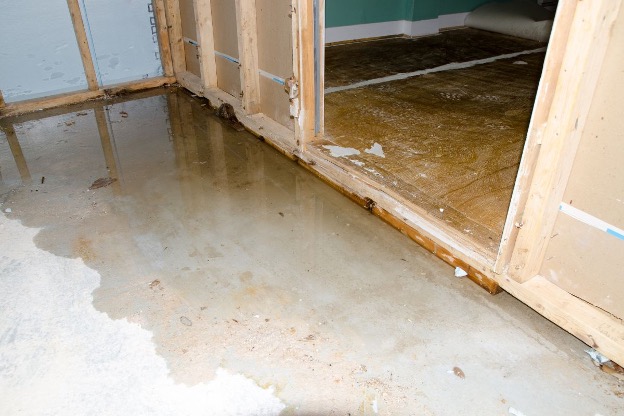As the temperatures begin to drop, homeowners should start to think about how to properly winterize their basements. A cold and damp basement can lead to a variety of problems, including mold growth, pest infestation, and structural damage. Let’s look at some helpful tips for winterizing your basement to keep it dry and warm all season long.
Inspect for Cracks & Leaks – The first step to winterizing your basement is to inspect for any cracks or leaks in the foundation. Water can seep into your basement through these openings, leading to moisture problems. If you find any cracks or leaks, it’s important to have them repaired by a professional foundation repair company.
Check Your Sump Pump – If your basement is equipped with a sump pump, it’s important to make sure that it is in good working order before the winter months arrive. A sump pump helps to remove water that has accumulated in the basement, preventing flooding. Have your sump pump inspected and serviced by a professional to ensure it is ready for winter.
Improve Drainage – Proper drainage is kay to preventing water from seeping into your basement. One effective way to improve drainage is by installing drain tile. Drain tile is a system of pipes installed in the ground of your home that collects water and diverts it away from your foundation. With heavy rains or rapid snow melt, drain tile systems will move the water to your sump pump, where it can be safely pumped out of your home. Most of the time, drain tile is installed when a home is first built but can always be installed in current builds.
Winterizing your basement is an important step in preparing your home for the cold road ahead. By inspecting for cracks and leaks, checking your sump pump, and properly installing drain tile, you can help to prevent moisture or water leakage problems to your basement dry. With over 20 years of experience in drain tile installation and repair, Concrete and Foundation Solutions is your answer to water intrusion problems!

